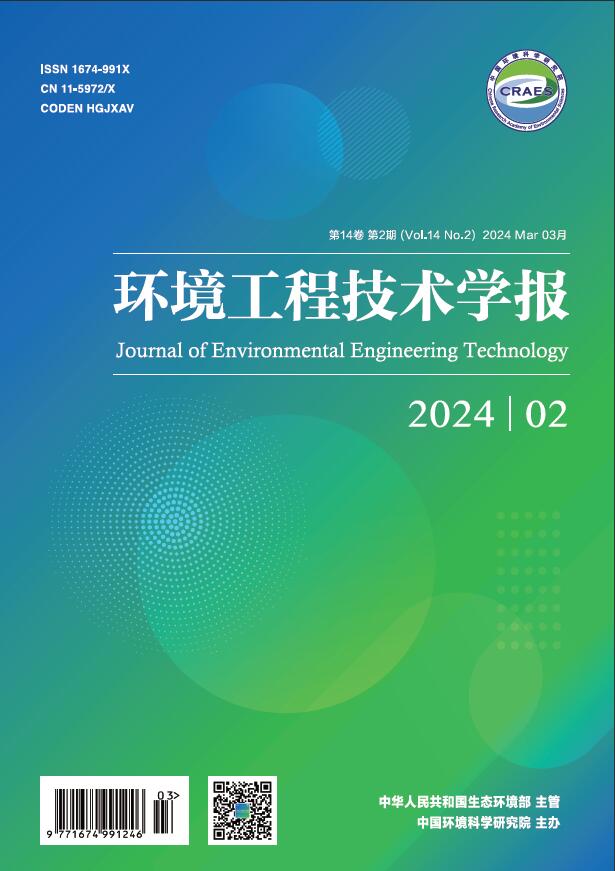Abstract:
To understand the pollution characteristics and environmental risks of heavy metals in Tianjin Lingang Coastal Wetland Park, water and sediments were collected and the concentrations of six common heavy metals in the coastal water of Tianjin including Cu, Pb, Zn, Cd, Cr and As were detected and analyzed. The heavy metal pollution index (HPI) and the species sensitivity distribution (SSD) methods were used to assess the risk of heavy metal pollution in overlying water, the geoaccumulation index (Igeo), and the potential ecological risk index (RI) methods were used to assess the heavy metal pollution risk in sediments. The results showed that only Cr, Cu, Zn, and As were detected in water, and the mean concentration value was 50.93, 2.56, 38.21 and 8.67 μg/L, respectively. The concentrations of Cu, Zn, and As at each sampling site were within Grade Ⅳ water quality standard of Environmental Quality Standards for Surface Water(GB 3838-2002 ). All of the six heavy metals were detected in the sediments, and the mean concentration value was 66.28, 24.12, 91.37, 9.83, 0.88 and 20.38 mg/kg, respectively. The concentration of Cr, Cu, Zn and Cd exceeded the standard values of soil environmental background concentration in China in different levels. For the risk assessment of heavy metals in water, the assessment result of HPI indicated a low pollution level, and the main polluting element was Cr; the risk assessment using SSD evaluation showed a medium-high risk level and the main polluting element was As causing high risk. For sediments, the risk assessment using Igeo showed that Cd was in medium-polluting level, but Cr, Cu, Zn, As and Pb were in non or light polluting level; the risk assessment using RI showed that the ecological risk ranged from medium to high level. The risk results of different methods were different clearly due to the difference of reference state, risk acceptor or protected object. In order to protect the ecological system more strictly and effectively, the results of high risks should be accepted to take pollution prevention measures.


